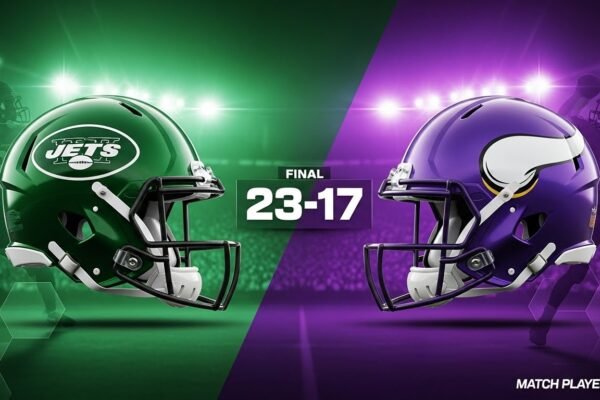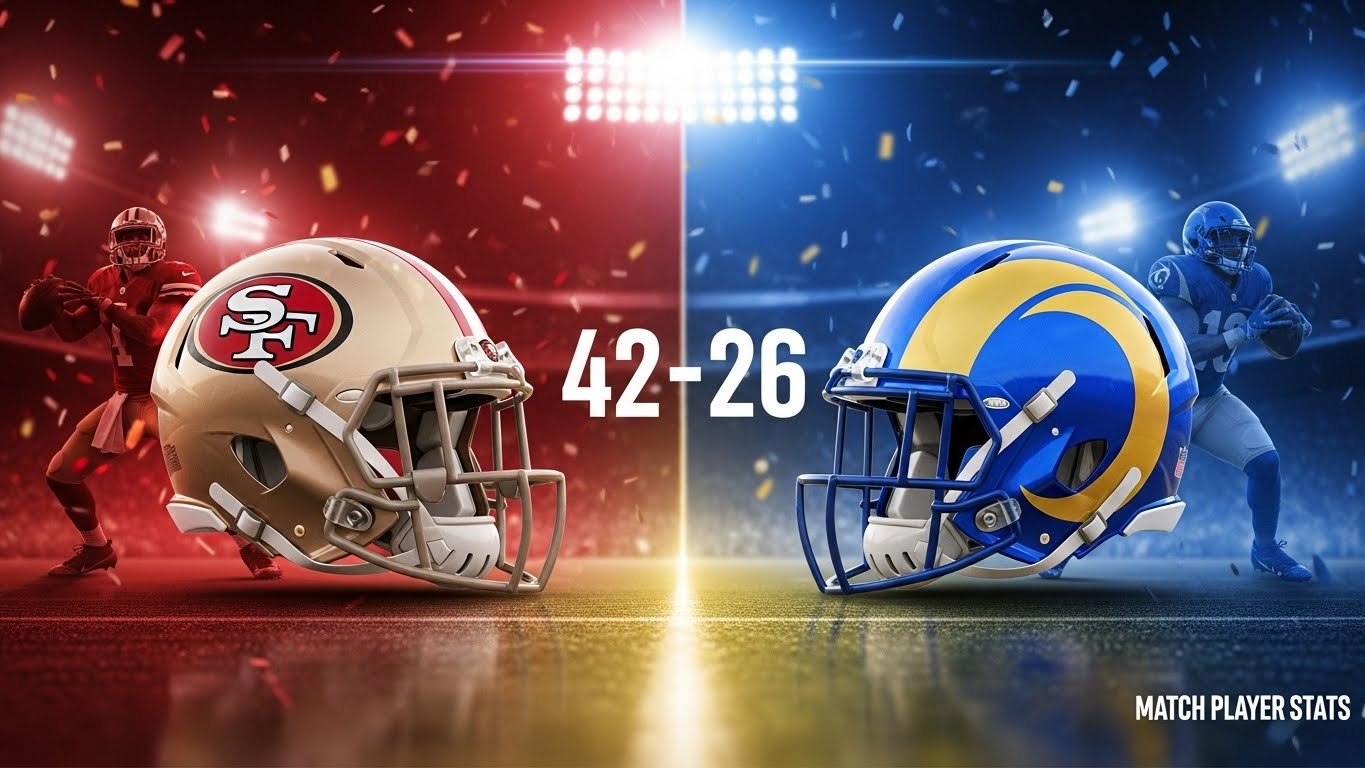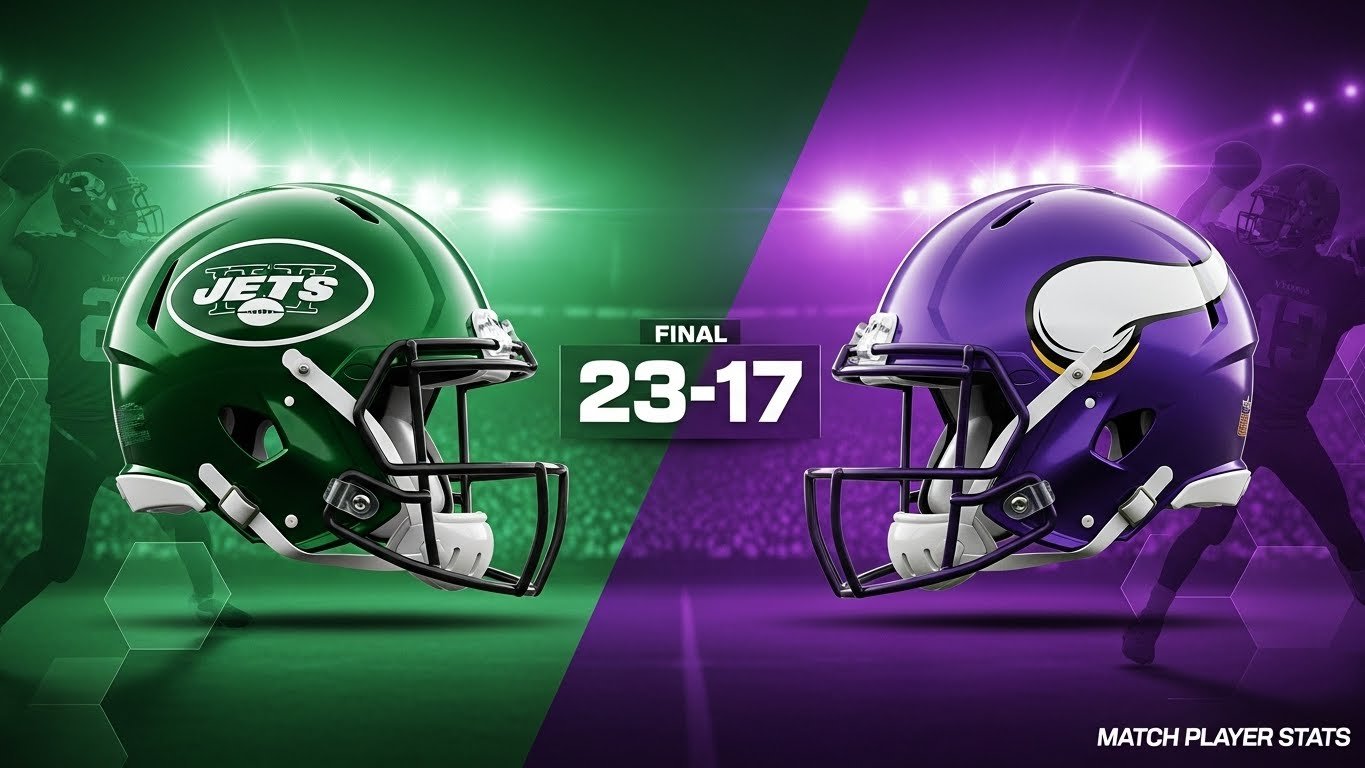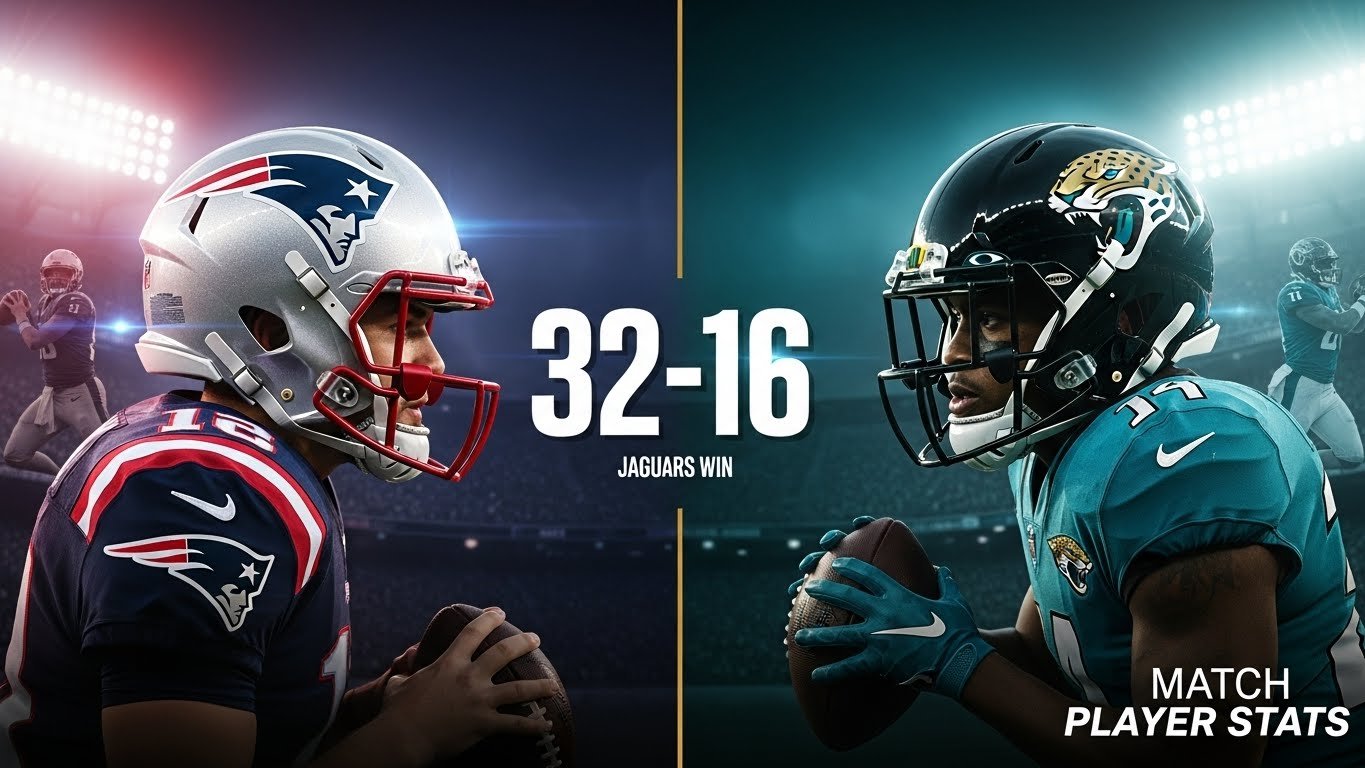

Tennessee Titans vs Buffalo Bills Match Player Stats (Oct 20, 2024)
Buffalo’s 70,842 fans at Highmark Stadium watched their quarterback celebrate a milestone on October 20, 2024. Josh Allen’s 100th career start. The weather cooperated with 66-degree temperatures and light 12 mph winds. Vegas had Buffalo favored by 9.5 points with an over/under at 41.
The game went over. Way over.
Tennessee led 10-0 midway through the second quarter. Then Buffalo scored 34 straight points. Allen threw for 323 yards with two passing touchdowns and ran for two more scores. Amari Cooper caught his first touchdown as a Bill just five days after the trade from Cleveland. Rookie Keon Coleman topped 100 receiving yards for the first time this season.
Tennessee dropped to 1-5 with their fifth consecutive loss. Buffalo improved to 5-2 and extended their home winning streak. Since 2022, the Bills have won 17 of 20 games at Highmark Stadium, the NFL’s best home record during that stretch.
Table of Contents
First Quarter: Buffalo’s Offense Goes Silent
Four drives. Four three-and-outs. Zero first downs until the fourth possession.
Buffalo hadn’t started a game this poorly since 2009. Allen completed just 4 of 11 passes in the opening half for 65 yards. The offense looked lost. Tennessee’s defense, ranked among the league’s top units, was making life miserable.
On Buffalo’s opening drive, Allen targeted his new weapon Amari Cooper on third and one. The ball hit Cooper’s hands, bounced off his helmet, ricocheted off his nose, and fell incomplete. Drop number 11 on the season for Cooper, which led the entire NFL at that point.
The Highmark Stadium crowd went quiet. Not the debut anyone envisioned.
Tennessee capitalized. Nick Folk kicked a 25-yard field goal after a 13-play, 61-yard drive that consumed seven minutes. The Titans controlled tempo, controlled possession, controlled everything. Their sideline was animated, believing the upset was coming.
| Quarter | 1st | 2nd | 3rd | 4th | Final |
|---|---|---|---|---|---|
| Tennessee | 3 | 7 | 0 | 0 | 10 |
| Buffalo | 0 | 7 | 10 | 17 | 34 |
Mason Rudolph, starting for injured Will Levis, connected with Nick Westbrook-Ikhine on a four-yard touchdown early in the second quarter. Tennessee 10, Buffalo 0. The Titans sideline erupted.
Buffalo finally answered. James Cook, back from a toe injury that sidelined him the previous week, burst through for an 11-yard touchdown. Cook’s return gave the Bills their primary backfield weapon again. The crowd found its voice.
Halftime score: Tennessee 10, Buffalo 7.
The game lasted 3 hours and 8 minutes, officiated by referee John Hussey’s crew. What happened after intermission was a complete reversal.
Third Quarter: The Failed Fourth Down Call That Changed Everything
Tennessee received the kickoff. Drove to their own 44-yard line. Third and one.
Direct snap to Tony Pollard. Terrel Bernard met him in the backfield. Loss of one yard.
Fourth and two. Brian Callahan decided to go for it. Same formation. Same play. Direct snap to Pollard again.
DeWayne Carter and Taylor Rapp converged. Three-yard loss. Turnover on downs.
Running an identical play after the first one got stuffed allowed Buffalo’s defense to attack with complete certainty. The Tennessee sideline fell silent. You could see shoulders slump on their bench.
Buffalo took over at Tennessee’s 41. Six plays later, Cooper ran an in-route after recognizing the coverage. Allen hit him perfectly. Twelve-yard touchdown. Buffalo 14, Tennessee 10.
The crowd erupted with chants of “Cooooop!” Cooper’s first catch as a Bill erased the memory of that opening-drive drop.
“We had an alert on the play built in, predicated on if we got a specific look,” Cooper explained afterward. “We got the look that we wanted, we checked to it, and it worked just like it did in practice.”
Cooper became the first Bill to score a touchdown on his first reception with the team since Matt Breida in Week 10 of 2021.
Tennessee’s offense gained 72 yards the rest of the game.
Josh Allen: From Struggling to Unstoppable
First Half Stats
- Completions: 4 of 11
- Yards: 65
- Rating: Abysmal
Second Half Stats
- Completions: 17 of 22
- Yards: 258
- Touchdowns: 2 passing, 2 rushing
- Rating: Elite
| Category | Stats |
|---|---|
| Completions/Attempts | 21/33 |
| Passing Yards | 323 |
| Passing Touchdowns | 2 |
| Interceptions | 0 |
| Passer Rating | 116.1 |
| Rushing Attempts | 14 |
| Rushing Yards | 30 |
| Rushing Touchdowns | 2 |
| Times Sacked | 1 |
Allen’s 323 passing yards gave him his 26th career 300-yard game. His four total touchdowns (two passing, two rushing) marked his seventh career game with at least two of each, extending his own NFL record. Steve Young had four such games. Cam Newton had three. Allen now has seven.
The victory was Allen’s 77th as a starter, tying Joe Ferguson for second in Bills franchise history. His 68-32 career record places him alongside Joe Montana, Terry Bradshaw, Brett Favre, and Aaron Rodgers for the sixth-most wins by a quarterback in their first 100 starts.
Allen entered this game with a 12-2 record against top-five pass defenses. Tennessee’s unit ranked among the league’s elite. He added another win to that resume.
According to ESPN’s game coverage, Allen’s second-half performance was one of the most dramatic turnarounds of Week 7. His advanced metrics showed surgical precision. He completed 12 explosive passes of 15-plus yards for 287 yards, including five deep completions of 20-plus yards totaling 130 yards. His adjusted completion percentage reached 81.8% when accounting for drops and throwaways.
Allen faced 18 total pressures on 53 pass blocking snaps but managed the pocket efficiently enough to avoid significant damage beyond one sack.
Keon Coleman’s Breakout and Buffalo’s Receiving Explosion
While Allen picked apart Tennessee’s secondary, his rookie receiver was thriving in single coverage. Four catches. 125 yards. 31.3 yards per reception.
Coleman became the first Bills receiver to eclipse 100 yards this season. His 44-yard grab in the second quarter set up Cook’s touchdown that cut Tennessee’s lead to 10-7. His 57-yard catch in the fourth quarter set up the dagger score.
| Player | Targets | Receptions | Yards | TDs | Long | Average |
|---|---|---|---|---|---|---|
| Keon Coleman | 7 | 4 | 125 | 0 | 57 | 31.3 |
| Amari Cooper | 5 | 4 | 66 | 1 | 27 | 16.5 |
| Khalil Shakir | 7 | 7 | 65 | 0 | 20 | 9.3 |
| Dalton Kincaid | 6 | 3 | 52 | 0 | 25 | 17.3 |
Khalil Shakir caught everything thrown his way, seven targets for seven receptions and 65 yards. Dalton Kincaid added three catches for 52 yards, including a 25-yard gain initially ruled a fumble before replay overturned the call.
Cooper’s presence changed everything. With a proven veteran demanding attention, Tennessee couldn’t bracket Coleman. The rookie exploited single coverage repeatedly, giving Buffalo the deep threat they’d been missing all season.
Mason Rudolph Can’t Solve Buffalo’s Adjustments
Back in January, Rudolph started against Buffalo in an AFC Wild Card playoff game for Pittsburgh. He completed 22 of 39 passes for 229 yards with two touchdowns and an interception in a 31-17 loss.
Buffalo’s defense remembered.
Rudolph started strong Sunday. Two scoring drives in the opening half. The four-yard touchdown to Westbrook-Ikhine gave Tennessee their 10-0 advantage. Then the adjustments came, and Rudolph had no answers.
| Completions | Attempts | Yards | TDs | INTs | Sacks | Fumbles | Rating |
|---|---|---|---|---|---|---|---|
| 25 | 40 | 215 | 1 | 1 | 3 | 3 | 74.5 |
Rudolph averaged 5.4 yards per attempt compared to Allen’s 9.8. His intended air yards averaged just 5.6 yards with completed air yards of 2.6 per completion. Conservative by necessity as Buffalo’s pass rush ramped up pressure.
He faced 12 pressures from Buffalo’s defense on 53 pass blocking snaps. The hurried throws and poor decisions piled up. His fourth-quarter interception to Damar Hamlin ended Tennessee’s last realistic hope.
“I’ve got to protect the ball better and put our defense in a better situation,” Rudolph said. “I thought we did good things in the first half and we did move the ball, possess the ball, but none of that matters when you get your butt kicked.”
Rudolph fumbled three times, losing one. He added 13 rushing yards on five carries, showing mobility but not enough to overcome the larger problems.
Tony Pollard and Calvin Ridley: Tennessee’s Offensive Failures
Pollard finished with 61 yards on 16 carries, a respectable 3.8 average. Most came in the first half. After intermission, he managed four yards as Buffalo’s defense keyed on Tennessee’s ground attack.
Those back-to-back failed runs on third and one, then fourth and two to open the third quarter defined his afternoon. Same play twice. Stuffed both times. The defining moment in Tennessee’s collapse.
| Player | Carries | Yards | Average | TDs | Long | Targets | Receptions | Rec Yards |
|---|---|---|---|---|---|---|---|---|
| Tony Pollard | 16 | 61 | 3.8 | 0 | 14 | 6 | 2 | 4 |
| Julius Chestnut | 3 | 15 | 5.0 | 0 | 8 | 1 | 1 | 9 |
| Mason Rudolph | 5 | 13 | 2.6 | 0 | 8 | 0 | 0 | 0 |
Pollard caught just two of six targets for four yards. Buffalo took away Tennessee’s checkdown options.
Meanwhile, Tennessee’s top receiver Calvin Ridley had one of his worst games. Nine targets. Three receptions. 42 yards. A 33% catch rate that killed drives and stalled momentum.
| Player | Targets | Receptions | Yards | TDs | Long | Catch % |
|---|---|---|---|---|---|---|
| Chigoziem Okonkwo | 4 | 4 | 50 | 0 | 26 | 100% |
| Tyler Boyd | 5 | 5 | 43 | 0 | 12 | 100% |
| Calvin Ridley | 9 | 3 | 42 | 0 | 33 | 33% |
| Josh Whyle | 4 | 3 | 34 | 0 | 12 | 75% |
| Nick Vannett | 4 | 4 | 25 | 0 | 11 | 100% |
Six incompletions on nine targets equals six failed plays. Tight end Chigoziem Okonkwo led Tennessee with 50 yards on four catches, perfect efficiency. Tyler Boyd matched that reliability with five catches on five targets for 43 yards. But without Ridley converting, Tennessee’s passing game couldn’t sustain drives.
Ray Davis and James Cook: Efficiency Wins Games
Buffalo rushed for just 74 yards on 20 carries. But they scored three rushing touchdowns and converted every short-yardage situation when it mattered.
Cook’s 11-yard touchdown in the second quarter got Buffalo on the board after missing the previous week with his toe injury. Ray Davis, coming off a 97-yard performance against the Jets despite entering questionable with a calf injury, led the team with 41 yards on five carries. Davis averaged 8.2 yards per attempt and sealed the victory with a 16-yard touchdown run in the fourth quarter.
| Player | Carries | Yards | Average | TDs | Long |
|---|---|---|---|---|---|
| Ray Davis | 5 | 41 | 8.2 | 1 | 22 |
| James Cook | 12 | 32 | 2.7 | 1 | 11 |
| Josh Allen | 3 | 1 | 0.3 | 0 | 7 |
Ty Johnson caught a four-yard touchdown pass from Allen. Buffalo mixed up their red zone attack perfectly, scoring touchdowns on four of six trips inside the 20-yard line with two field goals on the other possessions. That’s championship-level execution.
Greg Rousseau: Six Quarterback Hits Makes History
Dorian Williams led Buffalo with 10 total tackles. But Greg Rousseau dominated in a different way. Six quarterback hits.
That total tied for the most by any player in a single NFL game through Week 7 of the 2024 season, matching performances by Micah Parsons, Aidan Hutchinson, and Logan Hall according to Pro Football Reference’s official game log.
| Player | Position | Tackles | Solo | Assists | Sacks | TFL | QB Hits |
|---|---|---|---|---|---|---|---|
| Dorian Williams | LB | 10 | 6 | 4 | 0.0 | 1 | 0 |
| Terrel Bernard | LB | 8 | 6 | 2 | 0.0 | 2 | 0 |
| Taron Johnson | CB | 7 | 4 | 3 | 0.0 | 0 | 0 |
| Taylor Rapp | S | 7 | 4 | 3 | 0.0 | 0 | 0 |
| Greg Rousseau | DE | 5 | 2 | 3 | 0.5 | 0 | 6 |
Rousseau recorded half a sack, splitting it with Dawuane Smoot. But those six hits on Rudolph forced hurried throws, poor decisions, and ultimately the turnovers that sealed Tennessee’s fate.
A.J. Epenesa registered a full sack and forced a fumble on Rudolph in the second quarter. Damar Hamlin sealed the win with a fourth-quarter interception after Christian Benford tipped a pass at the line. DaQuan Jones and Ed Oliver each added sacks, giving Buffalo three for the afternoon.
The constant pressure made Rudolph uncomfortable all game. Buffalo’s defense pitched a shutout over Tennessee’s final eight possessions, allowing just 72 yards after halftime.
Special Teams and Field Position Battle
Tyler Bass converted both field goal attempts, connecting from 28 and 30 yards. He made all four extra points. Nick Folk hit his lone 25-yard field goal for Tennessee and converted one extra point.
| Player | Team | FG Made | FG Attempts | Long | XP Made | XP Attempts |
|---|---|---|---|---|---|---|
| Tyler Bass | BUF | 2 | 2 | 30 | 4 | 4 |
| Nick Folk | TEN | 1 | 1 | 25 | 1 | 1 |
Brandon Codrington provided a crucial spark. His 27-yard kickoff return after Tennessee’s touchdown gave Buffalo excellent field position at their 39-yard line. Three plays later, Cook scored to cut the deficit to 10-7. That return set up Buffalo’s first score when the offense was struggling.
Ryan Stonehouse punted five times for Tennessee, averaging 53.2 yards with a long of 62. Sam Martin punted five times for Buffalo, averaging 39.4 yards with one touchback and one downed inside the 20.
Why Tennessee Lost: Efficiency Demolished Possession
Tennessee held the ball for 32:46. Buffalo had it for 27:14. The Titans ran 67 plays to Buffalo’s 54.
But Buffalo averaged 7.2 yards per play. Tennessee averaged 4.3. That efficiency gap erased Tennessee’s possession advantage.
| Category | Tennessee | Buffalo |
|---|---|---|
| Total Yards | 289 | 389 |
| Yards Per Play | 4.3 | 7.2 |
| First Downs | 18 | 18 |
| Third Down Conversions | 6-16 (37.5%) | 3-10 (30%) |
| Fourth Down Conversions | 1-2 (50%) | 0-0 |
| Red Zone Conversions | 2-3 (67%) | 6-6 (100%) |
| Turnovers | 2 | 0 |
| Time of Possession | 32:46 | 27:14 |
Buffalo won the turnover battle 2-0. Tennessee’s two giveaways came during comeback attempts. Those mistakes eliminated any remaining hope.
Buffalo scored on all six trips inside the 20-yard line. Four touchdowns, two field goals. Perfect red zone execution. Tennessee scored on two of three red zone attempts but couldn’t get back there when trailing.
| Period | TEN Points | TEN Yards | BUF Points | BUF Yards |
|---|---|---|---|---|
| First Half | 10 | 217 | 7 | 90 |
| Second Half | 0 | 72 | 27 | 299 |
The halftime adjustments were stark. Buffalo’s yards per play jumped to 9.1 in the second half. Tennessee’s dropped to 2.4. Buffalo made changes. Tennessee didn’t.
What the Coaches Said After the Loss
Brian Callahan addressed the media with brutal honesty, as reported on the Titans’ official site.
“We went backwards on offense,” he said. “We had penalties, we had a million issues, quarterback hits, all those things. Not good enough. We didn’t do a good enough job to do anything in the second half worthwhile. It’s frustrating. Got to find an answer.”
Defensive lineman Jeffery Simmons didn’t hold back either.
“The second half was [expletive], all over the place,” he said. “No one wants to be 1 and 5. I think we all feel the same: Shitty. I think everybody feels the same way, from the locker room to the fans. They have a right to feel the way they feel. The second half of this game, it was bad. Bad football from the Tennessee Titans. We are in a bad situation right now. We just have to try to dig ourselves out of it.”
Injuries Affect Both Teams
Tennessee lost offensive lineman Jaelyn Duncan to a hamstring injury in the first quarter. He didn’t return.
Buffalo lost wide receiver Curtis Samuel in the first quarter with a shoulder injury after getting hit on an incomplete pass. Linebacker Terrel Bernard hurt his ankle in the third quarter after recording eight tackles including two for loss. He didn’t return. Baylon Spector filled in and made several key tackles.
The game marked the return of James Cook and Ed Oliver for Buffalo. Both missed the previous week’s victory over the Jets. Cook dealt with a toe issue while Oliver recovered from a hamstring problem. Their presence gave Buffalo critical depth at running back and defensive line.
Buffalo’s Season Momentum and AFC East Race
This victory moved Buffalo to 5-2 and strengthened their position in the AFC East division race. Through Week 7, Buffalo outscored opponents 55-20 in third quarters, the most third-quarter points in the NFL. Their plus-35 point differential in that quarter ranked second behind only Pittsburgh’s plus-36.
Buffalo extended their rushing touchdown streak to nine consecutive games, the second-longest active streak behind Detroit’s 20 games. The Bills scored 20-plus points in 22 of their last 23 home game, continuing a trend that makes Highmark Stadium one of the NFL’s toughest venues.
According to the Buffalo Bills’ official game recap, this was the first game since 2009 when Buffalo’s first four drives were all three plays long yet still won by 24 points.
Tennessee’s Collapse Continues
Tennessee dropped to 1-5, their worst start since opening 2015 at 1-6. Five consecutive losses. Six times in seven games failing to score more than 17 points. The offensive futility became the defining characteristic of their season.
The pattern repeated itself: strong starts followed by second-half collapses. Tennessee led 10-0 and still lost by 24 points. One week later, Tennessee traveled to Detroit and lost 52-14 despite outgaining the Lions. That game featured similar problems: four turnovers, strong yardage totals, zero points when it mattered.
Whether scheme, execution, or personnel, something fundamental needed to change. The front office would eventually make those changes, but the damage to the 2024 season was done.
Allen’s Milestone, Buffalo’s Statement
Buffalo dominated once they figured things out. Allen’s second-half excellence. Cooper’s redemption after the early drop. Coleman’s breakout performance. The defense’s suffocating pressure.
Tennessee’s offense managed 72 yards in 30 minutes after halftime. Their defense, which played well early, wore down under constant pressure.
Allen’s 100th career start ended with victory number 77, tying franchise legend Joe Ferguson. The Bills moved forward with legitimate playoff aspirations. The Titans fell backward, searching for answers that seemed increasingly elusive.
Efficiency beat possession. Explosive plays beat ball control. Turnovers beat everything else. Buffalo proved all three principles in one afternoon at Highmark Stadium.







